Pets are part of our families, and we want them to be as happy and healthy as possible throughout their whole lives. It’s important to know what’s normal for your pet, so you can easily spot when something is wrong or has changed. Giving your pet a regular health check at home can help you notice problems early on, which can make them easier (and more affordable!) to treat at the vets.
Not all pets will be used to you checking them over, or touching them in certain areas. Always make sure your pet is relaxed and comfortable with you giving them a health check. Take things slowly, and stop if your pet is worried or stressed – check out our pages on body language for dogs, cats, and rabbits. Make the health check a positive experience, using treats and praise during, and afterwards.
How to give your pet a health check at home
We recommend giving your pet a nose-to-tail check at least a couple of times a week. Starting at the nose and working backwards helps makes sure you’ve got everything covered and won’t miss anything. If you notice anything concerning, or are worried about your pet in any way, contact your vet for advice.

Nose
Have a look at your pet’s nose, it should be:
- Moist and soft (cats and dogs)
- Dry and soft (rabbits)
- Clear of any snot or discharge and your pet should be able to breathe freely
Call your vet if their nose:
- Is dry
- Is cracked
- Has any snot or discharge
- Sounds congested (bunged up) when they’re breathing
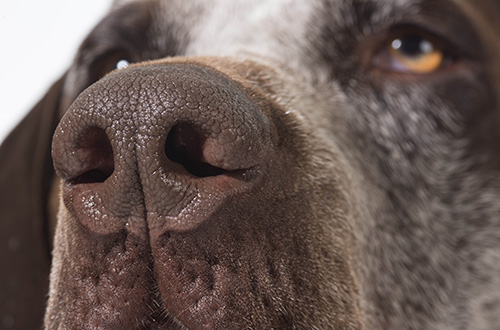

Eyes
Have a look at your pet’s eyes, they should:
- Look bright, clear, and open as normal
- Be free from any tears or discharge, and there shouldn’t be a lot of tear staining (brown, pink, or red stains on the fur around the eyes)
- And the conjunctiva (the fleshy area around the eyeball) should be salmon pink
Call your vet if their eyes are:
- Red – the skin around the eyes, or the conjunctiva
- Sore
- Weeping or crusty
- Cloudy
- Held closed or squinting
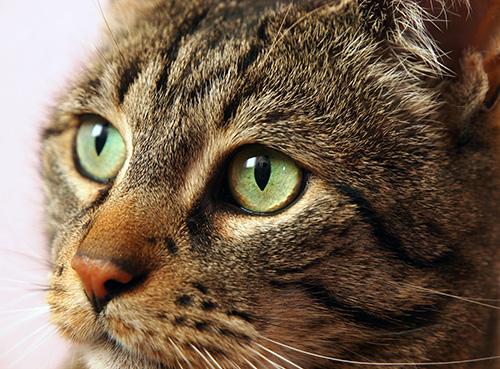

Ears
Have a look at (and smell of) your pet’s ears, they should be:
- Free from a build-up of wax or excessive hair
- Free from any nasty smells
- And the ear flap shouldn’t have any swelling
Call your vet if their ears are:
- Smelly
- Sore or uncomfortable
- Waxy or have any discharge
- Swollen
- Being held down or your pet is tilting their head to one side
- Itchy – your pet may scratch them or shake their head
Visit our Pet Health Hub for more information on ear problems in dogs and cats.
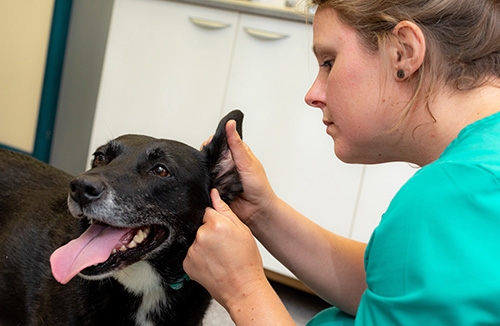

Teeth
Only check your pet’s mouth if they are comfortable for you to do so – watch our videos for dogs, cats, and rabbits on how to do this safely. Have a look at your pet’s teeth, they should be:
- Clean and white
- Free of cracks or breaks
- Free of staining
- And remember to check for any missing teeth
Call your vet if their teeth are:
- Broken
- Missing, loose, or falling out
- Stained (a plaque or tartar build-up will look like dark staining around the teeth
- Or if your pet is slobbering a lot more than normal
- Or if they are showing signs of dental pain – pawing at the mouth, struggling to eat, dropping food from their mouth
Visit our Pet Health Hub for more information on teeth problems in dogs, cats, and rabbits.
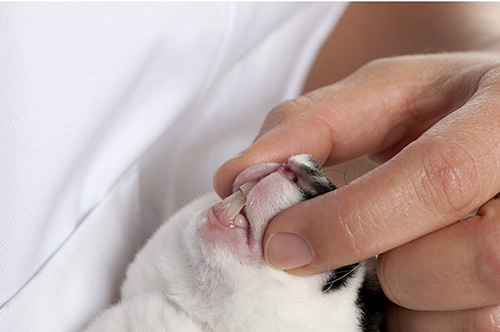

Gums
Whilst checking your pet’s teeth, if they’re comfortable with you looking in their mouth, you can also check their gums. Have a look at and feel your pet’s gums, they should be:
- A fleshy salmon pink colour (some pets have pigments in their mouths, so their gums will look darker – check what is normal for them)
- Moist
- Free of any lumps and bumps
Call your vet if their gums are:
- Swollen around the teeth
- Pale or dry (this could indicate an urgent problem so call your vet straight away)
- Bleeding
- Or if they have any lumps
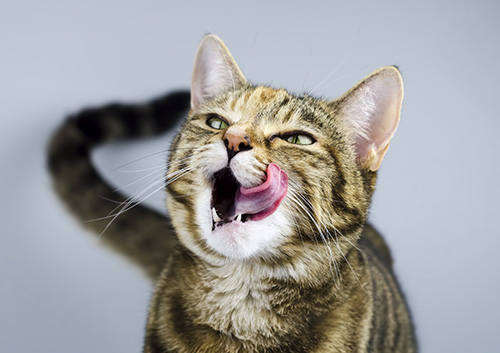

Coat
Have a look at and feel your pet’s coat, it should be:
- Free of knots and matts
- Free of any ticks, fleas, flea dirt, or other parasites
- Free of dandruff
Call your vet if their coat has any parasites, matting, or if you are concerned.


Skin
Have a look at and feel your pet’s skin by parting their fur in a few different places on their body, it should:
- Be free of any rashes
- Be free of lumps and bumps
- Not have any bald patches or fur missing (unless they are a semi-hairless or hairless breed!)
- Have no bad smells
- Have no wounds, discharge, or infections
Call your vet if their skin is:
- Sore
- Itchy
- Dry
- Moist or wet in areas
- Any new or changing lumps
Visit our Pet Health Hub for more information on skin problems in dogs, cats, and rabbits, and information on lumps and bumps in dogs and cats.
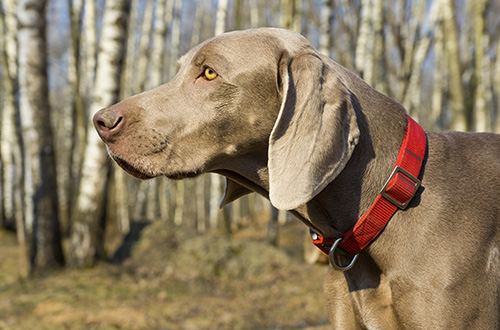

Legs
Have a look at and feel your pet’s legs, and observe them walking, standing, and lying down. Their legs should be:
- Free from wounds
- Able to comfortably support your pet getting up and sitting down
- Free of lumps and bumps
- Clean and dry – rabbits wipe their eyes and nose with their front legs, so any wet or mucky fur on their legs could indicate a health problem
- And their nails should be strong, not too long, and at no risk of growing into their paw pads
Call your vet if your pet:
- Is struggling to get up and down
- Can’t support their own weight
- Is limping
- Seems stiff when walking or getting up and down
- Has any claws that are broken or too long
- Has any sore, red, or infected patches
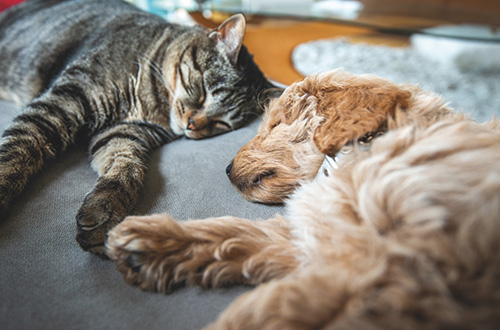

Tail
Have a look at your pet’s tail, it should:
- Be in a normal position for your pet
- Be able to move freely
- Be clean and free of any poop underneath – this is particularly important for rabbits as they are a risk of flystrike
- Have no sores on or around it
Call your vet if their tail:
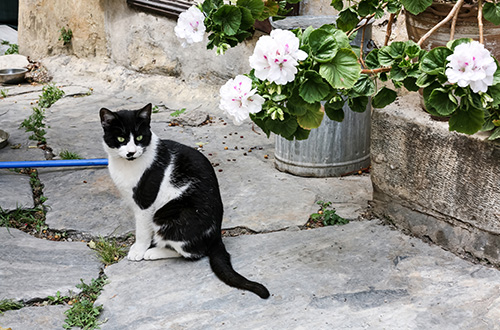

Call your vet if you notice anything unusual about your pet, or if they are showing signs of being unwell. You can find out more about the symptoms described above on our free Pet Health Hub.
Remember to be positive while you’re checking your pet and give them a nice reward at the end!
Your dog
We have lots of free tips and advice about taking the very best care of your dog, from training tips to what to do if they have a bad stomach.
Our adviceYour cat
Check out our free advice pages for lots of information from our vets about how to take the very best care of your cat.
Our adviceSomething special
Need a little treat for your pet to reward them? Take a look at our Pet Store for a range of tasty treats and exciting toys for pets.
Shop now
